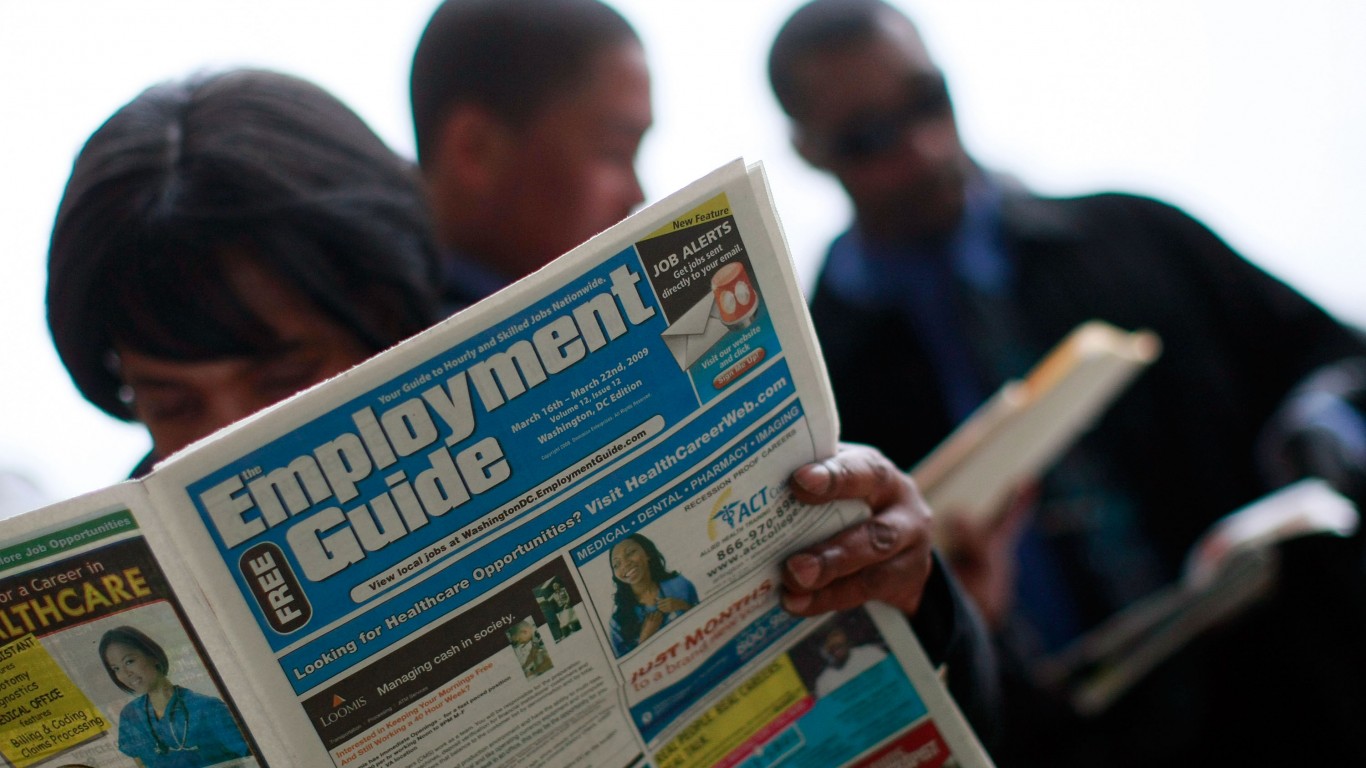
Gross domestic product (GDP) managed to hang in positive territory for the first quarter of 2016. This hardly looks like much growth, and it gives the bears some argument that the economy isn’t chugging along just fine, but it is still growth at the end of the day.
The U.S. Department of Commerce showed that GDP was up by 0.5% for the headline report in the first quarter. Bloomberg and Dow Jones both had estimates pegged at a 0.7% gain.
Also, the GDP Price index was up 0.7%. Bloomberg had that estimate at 0.5%, with the Econoday range of 0.4% to 1.1%.
Consumer spending, which makes up two-thirds or so of GDP, helped to keep GDP better than breakeven or in the red. Personal consumption expenditures were up 1.9%, which was only a half-point lower than in the fourth quarter. Spending on services was up 2.7%, while spending on durable goods was down by 1.6% in the quarter.
Another boost that had been predicted ahead was a 14.8% gain in residential investment. The nonresidential investment was weak, in part from oil and gas companies seeing slower spending trends, and was down by 5.9%. Inventories rose while exports were weak. Imports, which are a subtraction for GDP, increased. Government spending at the state and local level was a small boost, offset by weak federal government spending in the first quarter of 2016.
While percentages are always easier to digest, it’s also important to put this into raw dollar terms.
Real gross domestic purchases rose 0.9%, and the price index for gross domestic purchases rose 0.3%. Excluding food and energy prices, the price index for gross domestic purchases was up by 1.4%, or up from 1.0% in the fourth quarter.
Then there is the current-dollar GDP, which is the market value of the goods and services produced by the economy (minus the value of the goods and services used up in production), which rose by 1.2%, or by $56.3 billion, in the first quarter to a level of $18.2211 trillion on an annualized basis. In the fourth quarter, current-dollar GDP increased 2.3%, or $104.6 billion.
If you want to further put this in perspective, the real-time level of the National Debt Clock as 9:30 a.m. Eastern Time was 19.259 trillion.
Travel Cards Are Getting Too Good To Ignore
Credit card companies are pulling out all the stops, with the issuers are offering insane travel rewards and perks.
We’re talking huge sign-up bonuses, points on every purchase, and benefits like lounge access, travel credits, and free hotel nights. For travelers, these rewards can add up to thousands of dollars in flights, upgrades, and luxury experiences every year.
It’s like getting paid to travel — and it’s available to qualified borrowers who know where to look.
We’ve rounded up some of the best travel credit cards on the market. Click here to see the list. Don’t miss these offers — they won’t be this good forever.
Thank you for reading! Have some feedback for us?
Contact the 24/7 Wall St. editorial team.


